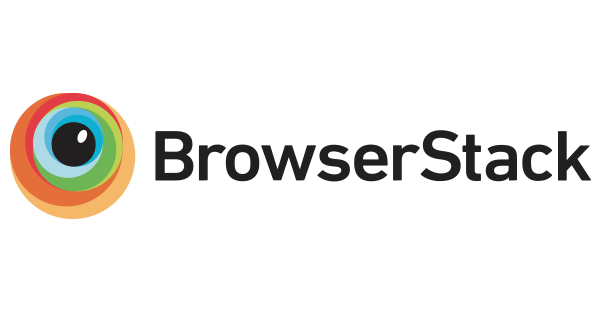Global Forest Watch (GFW) is a dynamic online forest monitoring and alert system that empowers people everywhere to better manage forests. This repository contains the GFW web app.
The GFW web app is built with Nextjs, React and Redux.
Clone the repo:
$ git clone https://github.com/wri/gfw.gitInstalling dependencies:
$ yarnCopy the .env.sample to .env.local, and start the server:
$ yarn devThe app should now be accessible on http://0.0.0.0:3000.
We follow a Gitflow Worklow for development and deployment.
We merge pull requests into develop, which is deployed automatically to both the staging and pre-production servers. In order to release features into production, we merge develop into master, triggering an automatic deployment to production.
We use Heroku to deploy our apps. Production is deployed automatically from master to globalforestwatch.org.
We have two staging environments: staging and pre-production. Both are deployed automatically from develop.
The main difference is that staging points to the staging environments of the APIs we access, pre-production points to the production ones. This is set by the NEXT_PUBLIC_FEATURE_ENV env variable.
We also make use of Heroku's Review Apps feature.
When a pull request is created, a review app is deployed automatically by Heroku with a NEXT_PUBLIC_FEATURE_ENV of preproduction, and a link to the environment is added automatically to the respective pull request.
We are using github releases to record changes to the app. To help us manage this we are using Zeit Releases, an npm package for handling github releases, tagging commits (major, minor, patch), and automating semantic release logs. For a more detailed explanation of semantic changelogs see this post.
When developing, you can tag your commits as follows: fix some excellent bug (patch) where patch can be (major/minor/patch/ignore). This commit title will automatically be grouped into the correct section for the release. Otherwise you will be prompted during the release to assign (or ignore) each of your commits. You will have to do this for every commit so don't forget to squash!
So how do you make a release on GFW?
- Checkout master and merge in develop (not compulsory but advised for consistency).
- Run
npx release [type]where type can bemajor,minor,patch, orpre(see zeit docs for more details). - Follow the prompts to manage commits.
- You will be taken to github draft release editor with all your commits grouped and ready to go.
- Enter your title and include any extra info you want.
- Publish!
Map layers and relevant datasets are stored in the RW-API and the globalforestwatch.org/map utilises the layer-manager to render them.
The schema used to style these layers, their legends, and define their interactions are specific to the Global Forest Watch platform.
When creating or modifying layers/datasets for GFW, follow the schema and syntax outlined in the API Documentation markdown file.
To view GFW-specific layers and datasets use the following endpoint:
https://api.resourcewatch.org/v1/dataset?app=gfw&includes=layer,vocabulary,metadata&page[size]=200
We use BrowserStack to find and fix cross-browser issues.

